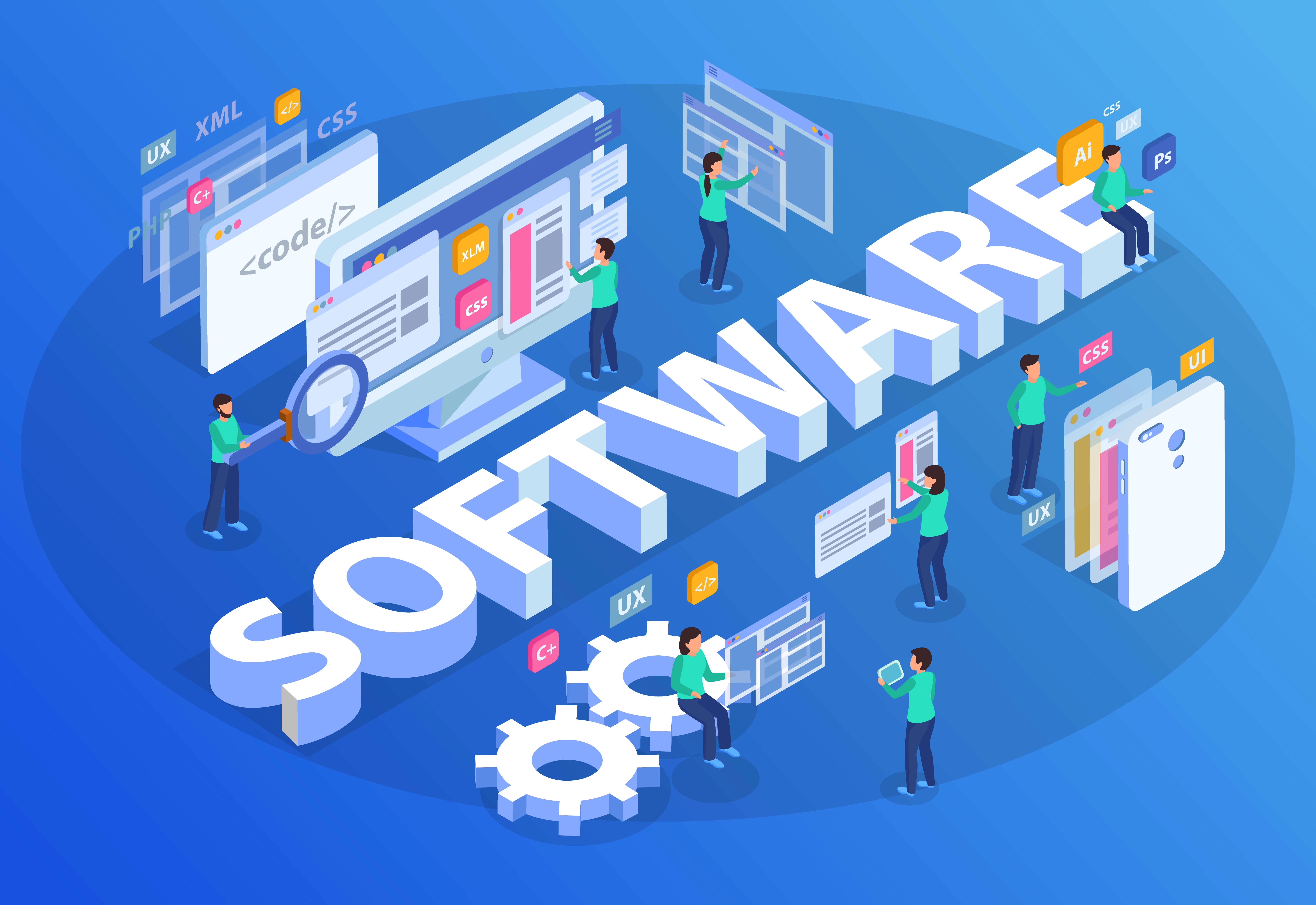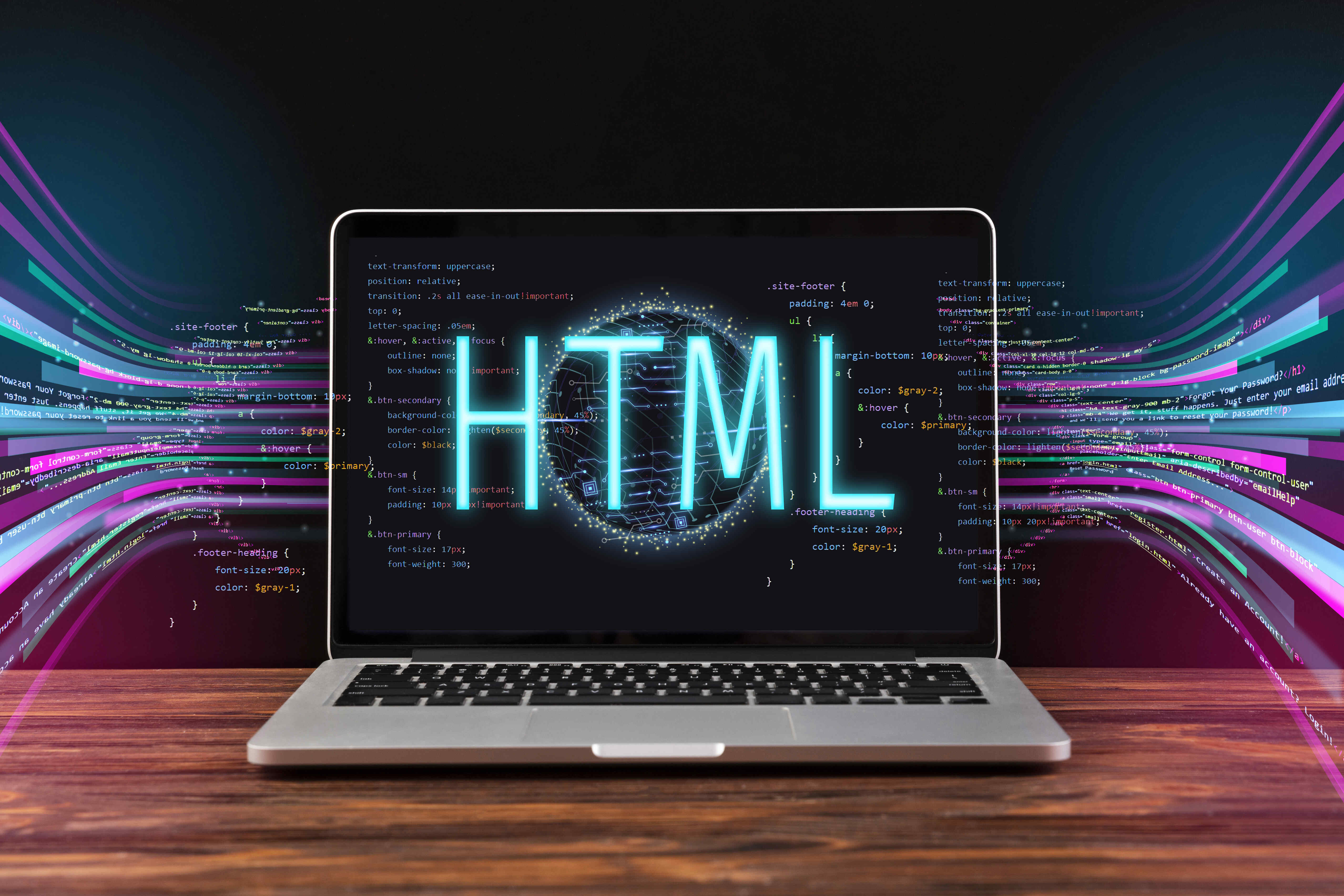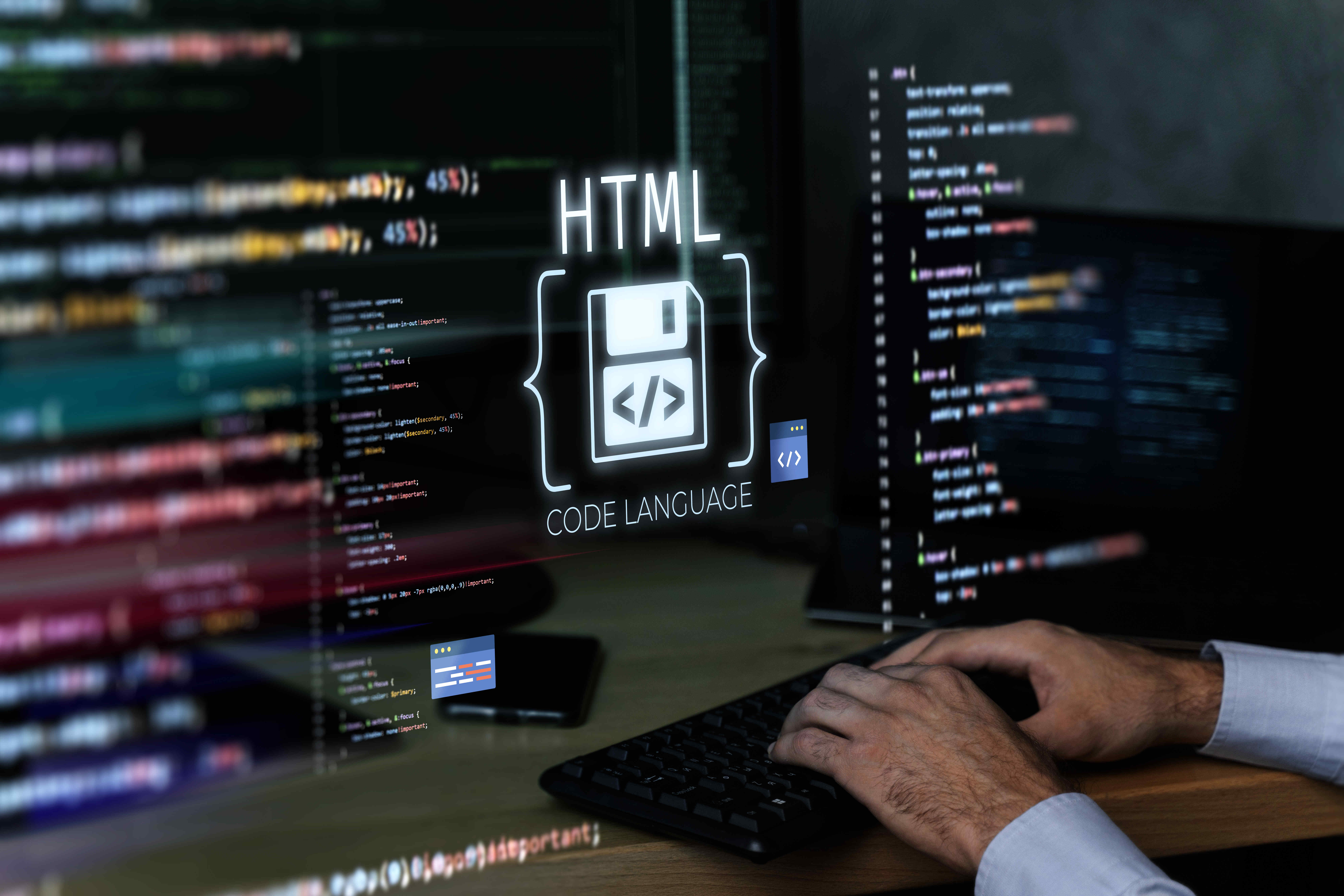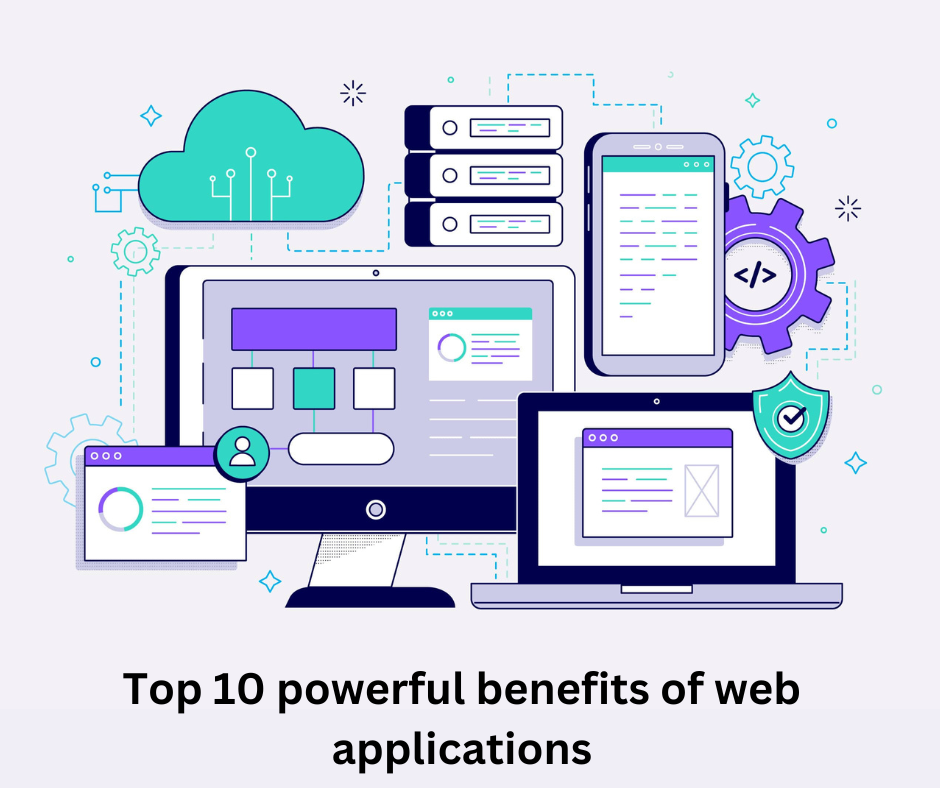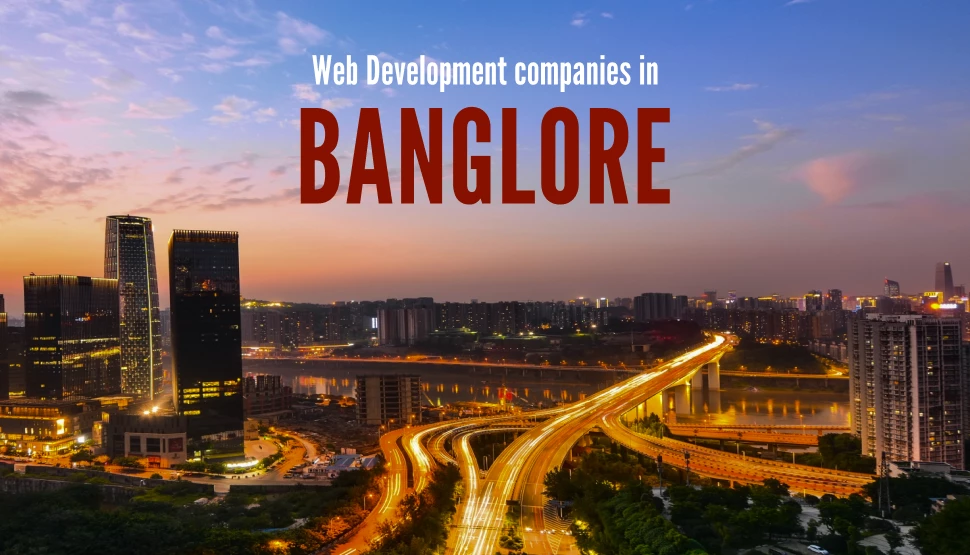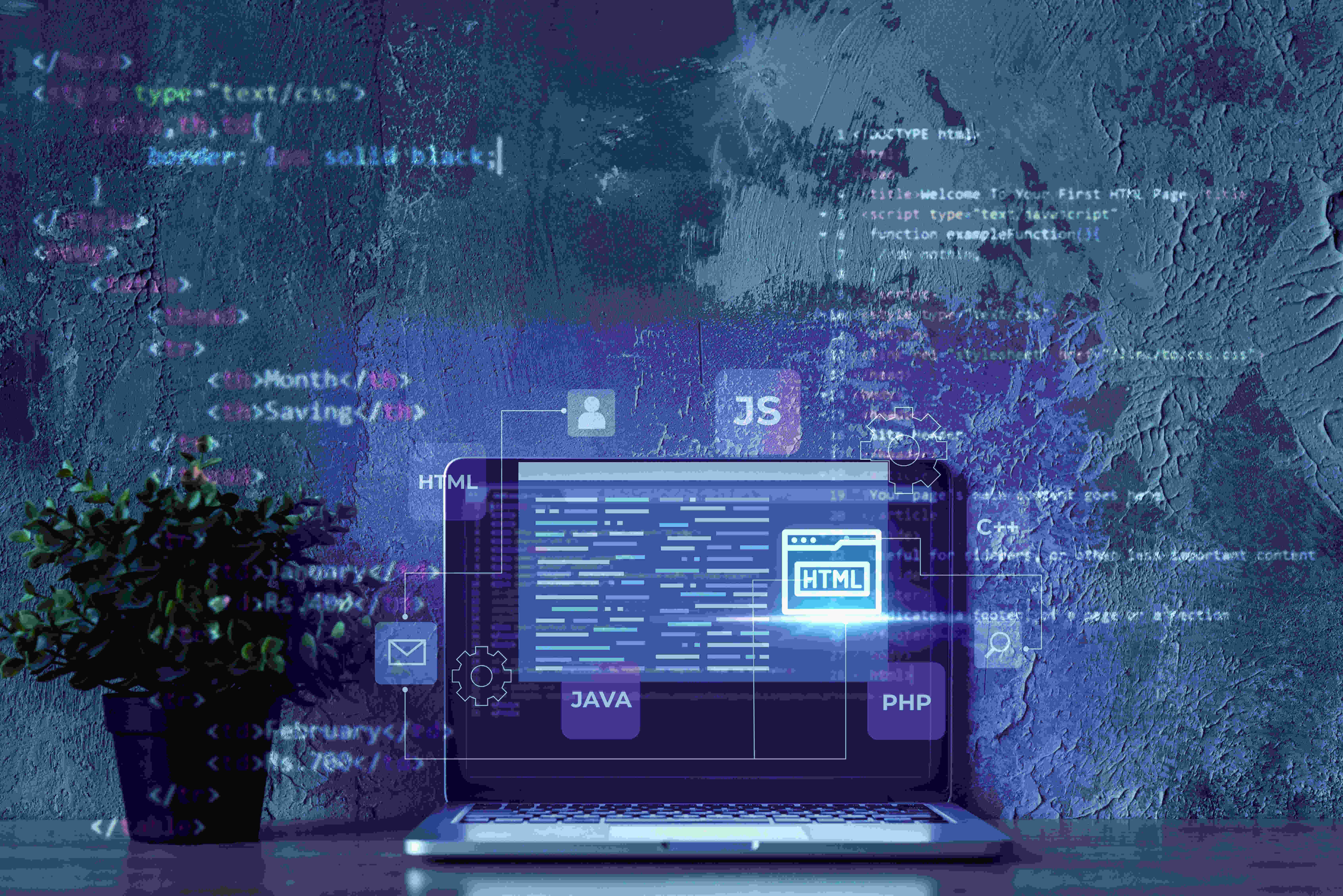How Businesses Can Benefit from IoT and AI's Powerful Combination
7 mins | Mar 20, 2025
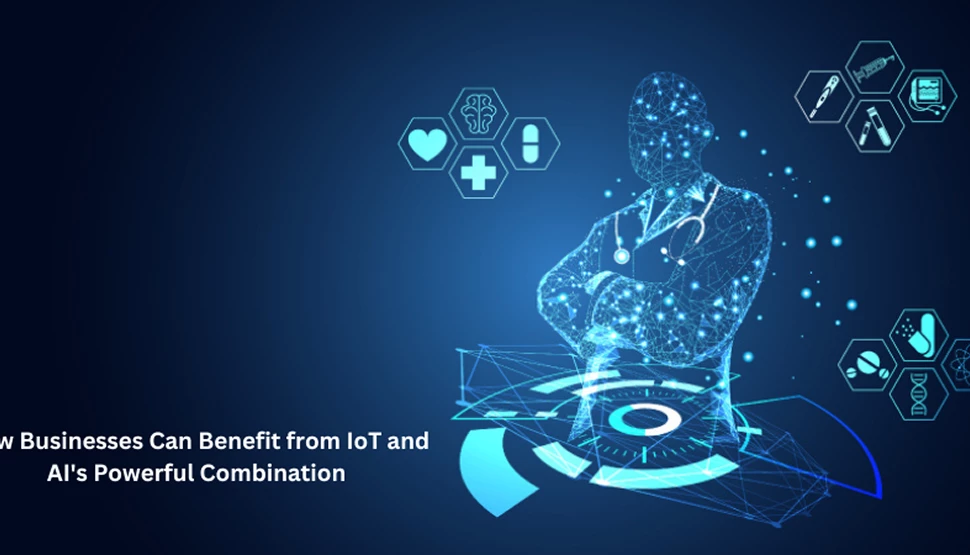
Businesses are driven more by technologies than by people these days, and the Internet of Things(IoT) and Artificial Intelligence(AI) are at the top of the list. Both these technologies have their own features and when put together make a powerful combination.
In this blog, we will examine ways businesses can harness IoT and AI to catapult their growth. Both are modern technologies with unique features and advantages.
So, without further delay, let’s get started.
What is IoT & AI?
For the uninitiated, IoT stands for Internet of Things and AI is Artificial Intelligence. IoT consists of various devices that are connected to the internet and can store, receive, and transmit data.
AI refers to tools and technologies that possess human-like intelligence and can process data to perform tasks.
Both technologies have been around for some time now, however their combination is still in its nascent stage.
Ways Businesses Can Benefit From IoT & AI
AI & IoT are two technologies that are building an interconnected world. The combination of these technologies can augment business operations in various domains, improving product delivery and support.
Let’s have a look at some of the ways in which they can be used together.
(1) Healthcare
The combination of AI & IoT has immense potential in the healthcare sector. Medical devices based on IoT remotely monitor patients and give healthcare professionals real-time access to vital health information.
AI can be used to evaluate this data stored by IoT devices, which gives insights to a patient's health. This helps in improving healthcare services even in remote areas. AI-powered assistants can offer medical advice and connect patients with doctors quickly, which saves precious time.
(2) Retail
In retail, IoT devices can keep a tab on inventory levels as well as trends in consumer purchases. AI can analyze these data and suggest new schemes and offers.
AI can be used to offer customers products based on their purchase behavior and preferences.
Smart Carts have built-in sensors, display panels, and image recognition features to provide real-time suggestions to customers in retail stores.
(3) Manufacturing
IoT gadgets can be used in manufacturing processes to keep track of production and machinery in real-time. As a result, firms can take preemptive measures to prevent losses or breakdown of machinery.
This reduces downtime and increases overall productivity. AI can analyze data from IoT sensors to recommend maintenance requirements and improve production efficiency.
IoT sensors can also keep track of inventory levels for raw materials being used in manufacturing. In case of low inventory, they can also send messages to suppliers to replenish the inventory in time.
(4) Self-Driving Vehicles
Self-driving vehicles have already made their presence felt in developed countries. They are the future of automobiles and make use of various technologies for their functioning. AI & IoT are part of the wide range of technologies they make use of.
These vehicles make use of IoT sensors like Cameras, LIDAR, and Radars to gather real-time data. This is analyzed by AI to navigate, avoid obstacles and regulate speed.
For example, Tesla is a US-based firm that specializes in electric and self-driving vehicles. Tesla’s autopilot system makes use of IoT sensors and AI algorithms to provide self-driving capabilities.
(5) Wearable Devices
You must have either used smart watches, or fitness trackers or have seen others use them. All of them make use of IoT sensors and AI technology to function. They keep track of metrics like pulse, number of steps, distance covered, and calories burnt.
Smartwatches can also receive calls and messages via apps installed on smartphones. They can also send distress messages in case of an emergency. These devices also function by making use of IOT and AI.
(6) Smart Homes & Smart Cities
IoT devices and AI technology form the backbone of smart homes and smart cities across the world. The smart homes industry is valued at billions of dollars and continues to grow at a steady pace.
Smart homes make use of IoT devices to enable residents to control appliances via smartphones. AI can be used along with IoT to reduce fire, and flooding risks, lowering electricity usage and operational costs.
IoT sensors can also monitor traffic and analyze real-time data to manage the traffic efficiently. This reduces travel times for the residents and cuts down emissions from vehicles.
Challenges Faced in Using AI & IoT
Although there are enormous advantages to using the technologies together, certain challenges need to be addressed to increase their application. Let’s have a look at some of the major challenges.
● Data Integrity
IoT & AI-based systems deal with vast amounts of data coming from various sources. It includes data about individuals and sensors, which is not only stored by transmitted. As a result, it becomes vulnerable to hackers who want to steal data or corrupt the devices.
This is one of the biggest challenges faced by IoT & AI devices.
● Complexity
AI & IoT make use of various technologies for their functioning, most of which are very complex in nature. Integrating AI with IoT is also a very challenging task as companies need to make different IoT devices, networks, and AI technology communicate with each other.
Along with communicating with each other, there are challenges in storing, managing, and analyzing huge sets of real-time data generated by various IoT devices and sensors.
● Regulatory Issues
All countries do not have the same rules & regulations regarding data storage, transmission, and analysis. As a result, IoT devices that are allowed in one country may not be allowed in another, leading to conflict of interest and losses for businesses.
A single regulatory authority is required for the smooth functioning of all IoT & AI-enabled devices across the world.
● Ethical Issues
It is possible to manipulate AI & IoT-based devices for certain outcomes, which may ethically be not correct. In IoT devices, AI algorithms can be biased, leading to discriminatory results, especially in healthcare, law enforcement, and finance.
It is possible that some businesses may use these vulnerabilities to their advantage, leading to unfair competition.
Wrapping Up…
Both the Internet of Things(IoT) & Artificial Intelligence(AI) are emerging technologies and have just made their presence felt. They will be used extensively in the near future with more advanced AI algorithms and sophisticated electronic sensors being developed and deployed.
These devices will have a wide range of applications in diverse businesses and industries. Although the challenges we discussed need to be addressed, the combination of AI & IoT is the next big thing in the tech world.
For your IoT solutions and other tech requirements, you can get in touch with 12Grids to know more.
Author

